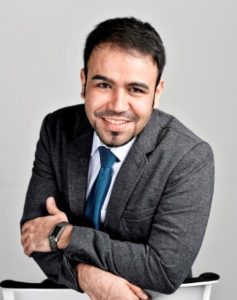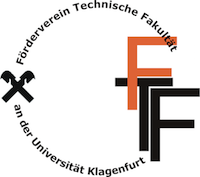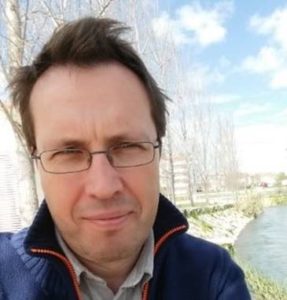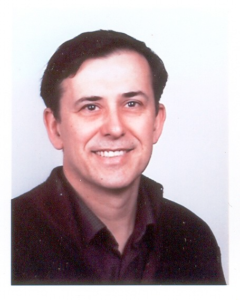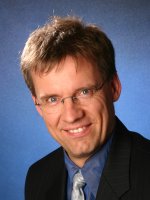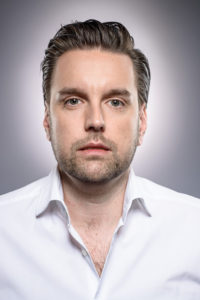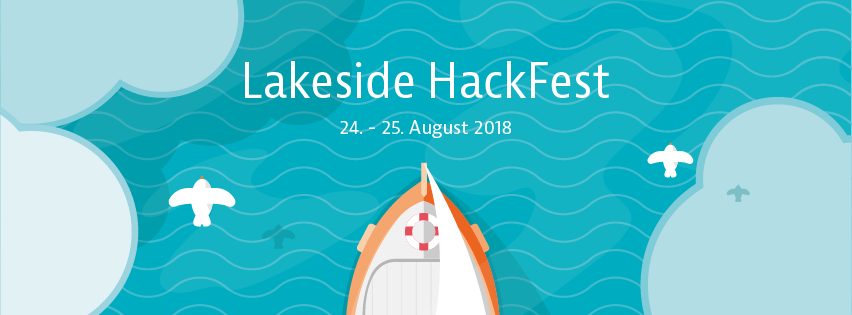Dr. Thomas Stockhammer | November 30, 2018 | 11:00 | S.2.42
Abstract: The media landscape changes significantly over the last few years by new content formats, new service offerings, additional consumption devices and new monetization models. Think of Netflix, DAZN, Mediatheks, mobile devices, interactive content, smart TVs, Virtual and Augmented Reality, and so on. Many of these efforts have been realized by a limited usage of standards, but are standards irrelevant? Secondly, more and more services are enabled by latest mobile compute platforms enabling new services and experiences. This presentation will provide an overview some of these trends and will motivate the development of global interop standards. Specific aspects will include the move of linear TV services to the Internet (both mobile and fixed) as well recent advances on Extended Reality and immersive media trends.
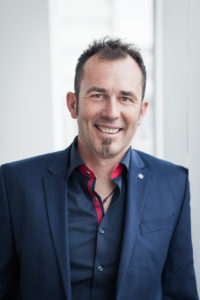 Bio: Thomas Stockhammer received the Dipl.-Ing. and Dr.-Ing. degrees from the Munich University of Technology, Munich, Germany. Thomas was Visiting Researcher at Rensselear Politechnical Institute (RPI), Troy, NY, USA and University of California San Diego (UCSD), San Diego, CA, USA. After acting as cofounder and CEO of Novel Mobile Radio (NoMoR) Research for 10 years and a consultant for Siemens mobile, BenQ mobile, LG Electronics and Digital Fountain, he joined Qualcomm in 2014 as Director Technical Standards. In his different roles, he co-authored more than 200 research publications and more than 150 patents and 1000s of contributions to standardization efforts. In his day job, he is the active and has leadership and rapporteur positions in 3GPP, DVB, MPEG, IETF, ATSC, CTA, ETSI, VR Industry Forum and the DASH-Industry Forum in the area of multimedia communication, TV-distribution, content delivery protocols, immersive media representation and adaptive streaming. Among others, he leads the MPEG-I efforts in MPEG, he is the chair of the DASH-IF Technical working group, the rapporteur of the first completed 3GPP VR work as well as the chairman of the DVB CM-I group. Thomas also received the INCITS Technical Excellence Award 2013 for his MPEG DASH work and the 3GPP Excellence Ward 2017 for his work on Enhanced TV.
Bio: Thomas Stockhammer received the Dipl.-Ing. and Dr.-Ing. degrees from the Munich University of Technology, Munich, Germany. Thomas was Visiting Researcher at Rensselear Politechnical Institute (RPI), Troy, NY, USA and University of California San Diego (UCSD), San Diego, CA, USA. After acting as cofounder and CEO of Novel Mobile Radio (NoMoR) Research for 10 years and a consultant for Siemens mobile, BenQ mobile, LG Electronics and Digital Fountain, he joined Qualcomm in 2014 as Director Technical Standards. In his different roles, he co-authored more than 200 research publications and more than 150 patents and 1000s of contributions to standardization efforts. In his day job, he is the active and has leadership and rapporteur positions in 3GPP, DVB, MPEG, IETF, ATSC, CTA, ETSI, VR Industry Forum and the DASH-Industry Forum in the area of multimedia communication, TV-distribution, content delivery protocols, immersive media representation and adaptive streaming. Among others, he leads the MPEG-I efforts in MPEG, he is the chair of the DASH-IF Technical working group, the rapporteur of the first completed 3GPP VR work as well as the chairman of the DVB CM-I group. Thomas also received the INCITS Technical Excellence Award 2013 for his MPEG DASH work and the 3GPP Excellence Ward 2017 for his work on Enhanced TV.

